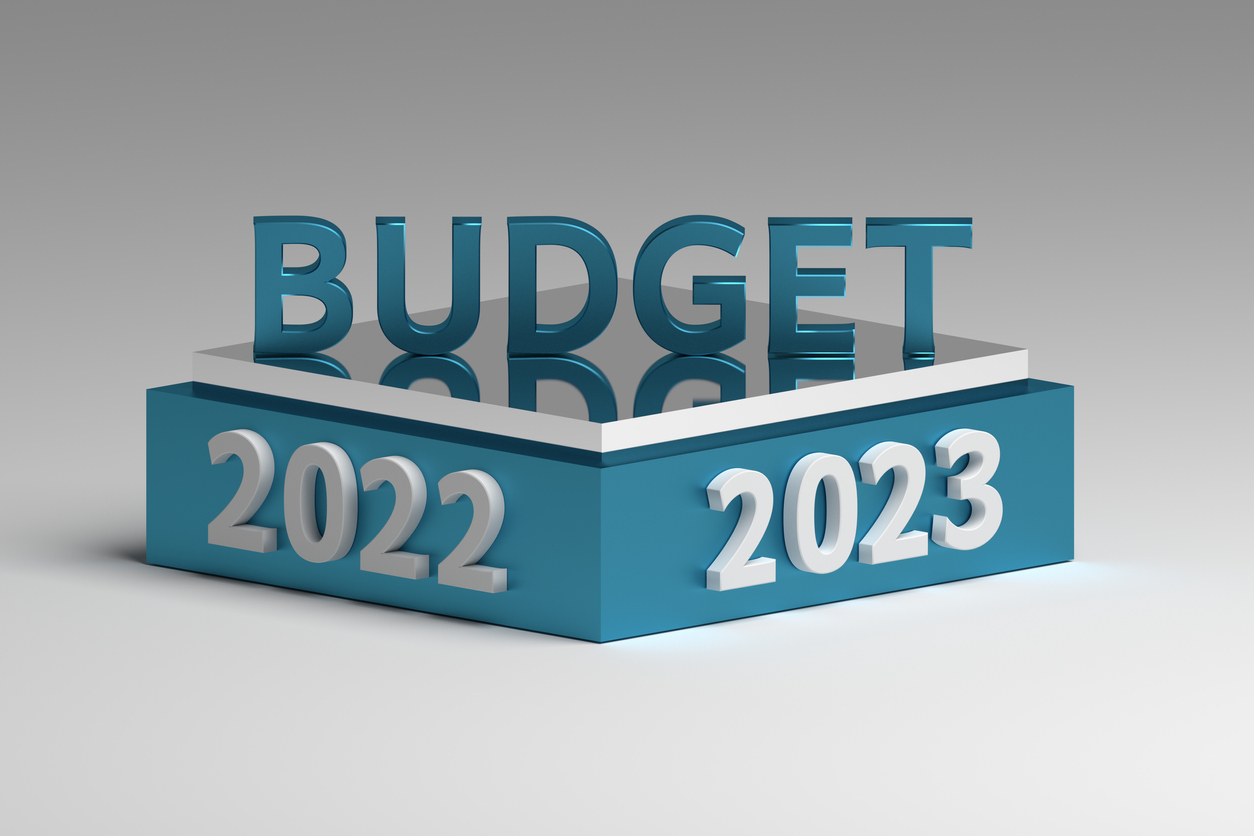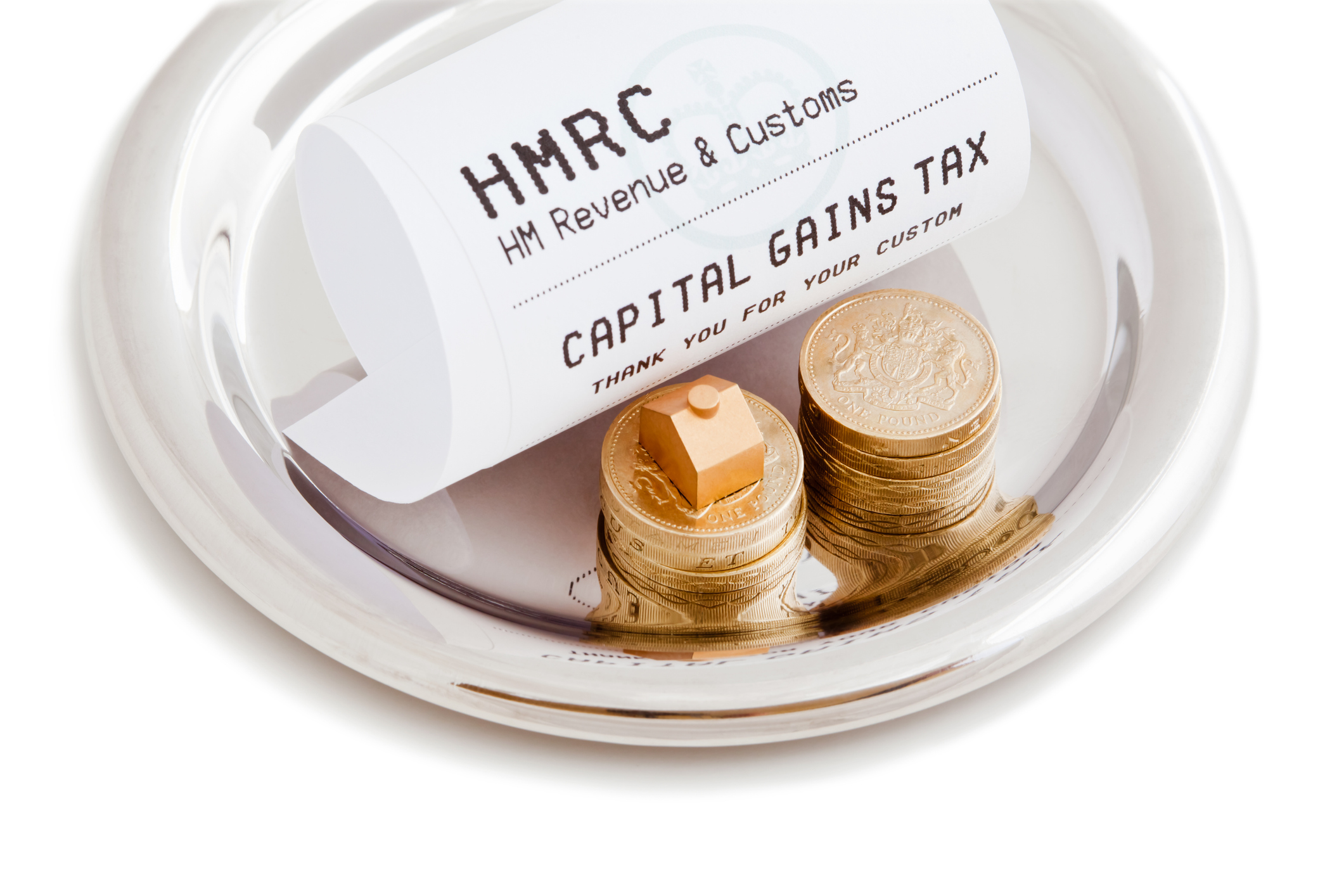
The events since Friday
Much has happened in markets since Kwasi Kwarteng began his statement to the Commons on Friday morning. Currency markets reacted first, with the Pound slipping further against a strong Dollar, reaching an all-time low (at the time of writing) of $1.05, and also losing ground against the Euro. The price of Gilts – loans issued by the UK Government to fund its liabilities – also fell heavily, as investors sold off the bonds, leaving the Government with a higher interest bill on existing debt.
The perception from global investors appears to be that UK economic policy is heading in the wrong direction. Announcements from the Chancellor that a spending review and full statement would follow in late November did little to improve the mood of Sterling or Gilt markets, and following a fall in Gilt prices on Tuesday, the Bank of England announced a return to Quantitative Easing, by starting to purchase longer dated Gilts in unlimited quantities, albeit for a limited period, which has helped stabilise long dated Gilt prices. This move came after concerns were raised by defined benefit pension trustees, where final salary pension liabilities, which are largely linked to Gilts, came under financial pressure.
There have been calls for the Bank of England to raise interest rates ahead of the next scheduled meeting on 3rd November; however, the Bank has resisted these calls, for now at least, but a large increase in base rates is expected at this meeting. As a result of the expected higher interest rates, mortgage lenders have been pulling fixed rate deals from the market and relaunching the same deals with higher rates. This is likely to have a dampening effect on the UK housing market.
We wait to see what effect the Bank of England’s actions will have, although we see the intervention in Gilt markets as being necessary given the weakened sentiment. The International Monetary Fund and currency markets have given their initial opinion on the fiscal announcements made by the new Government, and we would anticipate further moves will be made by both the Treasury and Bank of England to calm markets over the coming days and weeks.
The impact for UK investors
Sterling’s weakness is something of a double-edged sword for UK investors. As the UK are net importers of goods and services, a weak currency pushes up the price of these imported goods and stokes the inflationary fire already ablaze. This, together with the general market perception of the strength of the UK economy, will likely lead to higher interest rates as the central bank tackles inflation.
For holders of UK shares, however, a weak Pound may be beneficial, particularly if the company generates profits overseas. And holders of Global Equities have seen losses largely cushioned by Sterling’s weakness. This underlines the importance of holding a globally diversified portfolio – a key component of our investment strategies – in these conditions.
For investors in Fixed Interest securities, this has been an uncomfortable period. Bonds tend to be assets that provide stability in times when Equities markets are volatile; however, the rapidly increasing inflation and higher interest rate expectations have sent Bond prices lower over the course of the year. As a result, Bond yields have now risen to attractive levels and both Investment Grade and High Yield Bonds are offering good value to investors who are happy to take a medium to long term view.
Markets always look forward
In conditions such as those we are experiencing at the present time, it is important to remember that markets are a discounting mechanism, reflecting future earnings that companies will generate. As such, the difficult market conditions seen over the course of this year will, to some extent, have already discounted the impact of higher inflation and interest rates on the global economy. This discounting of future earnings can provide opportunities for investors. This is a view shared by leading Fidelity fund manager Aruna Karunathilake who commented earlier this week “We are getting excited by the opportunities in the market – not because the outlook is improving, in fact the opposite is true, but because this very negative outlook is now being reflected in share prices in selected areas of the market.”
Looking a little further ahead, we continue to expect inflationary pressures to abate over the course of the next 12 months. The expected slowdown in the global economy, together with the monetary policy decisions taken by central banks, should bring inflation back down to more modest levels, and, indeed, inflationary pressures could ease significantly should progress be made towards a resolution in the conflict between Russia and Ukraine.
On the assumption that inflation falls back next year, the focus will then shift to see whether central banks can begin to unwind the base interest rate increases seen over the course of this year, and provide monetary stimulus to kick-start growth.
The importance of diversification
Clearly the events of the last few days have rattled Bond and Currency markets, and time will tell whether further intervention or policy change will be forthcoming. However, for investors willing to take a medium to long term view, these conditions present a number of interesting opportunities. As renowned investor Warren Buffett famously quipped, “be greedy when others are fearful”.
Market performance over this year has only served to reinforce our conviction in global investing. Holding assets in a diversified portfolio, with money allocated across western economies, can provide shelter when specific localised concerns arise, such as we are seeing in the UK at the current time.
Given the slowing economy, it is also apparent that investors should look to focus on the strongest companies through this period, be they through Equity or Bond investment. Companies with good levels of cash flow, resilient earnings and the ability to pass on price increases to their customers should be able to withstand the testing conditions.
At FAS, our Investment Committee will continue to stay in close contact with fund managers and we will remain watchful for opportunities in the current conditions.
If you would like to discuss markets further then speak to one of our experienced advisers here.
Fidelity Risk Warning
Important information: Investors should note that the views expressed may no longer be current and may have already been acted upon. Overseas investments will be affected by movements in currency exchange rates. Investments in emerging markets can be more volatile than other more developed markets. This information is not a personal recommendation for any particular investment. If you are unsure about the suitability of an investment you should speak to an authorised financial adviser.









